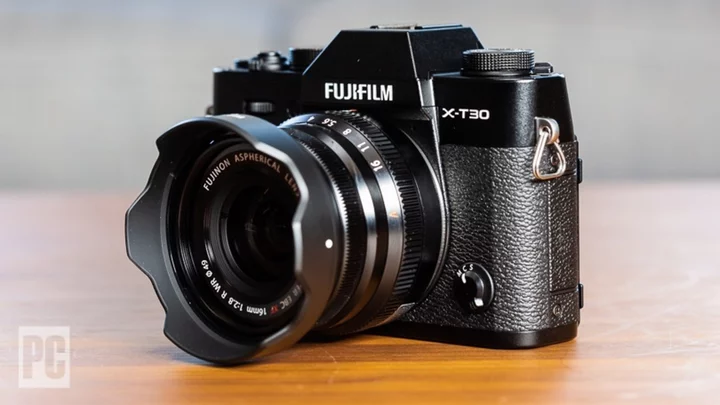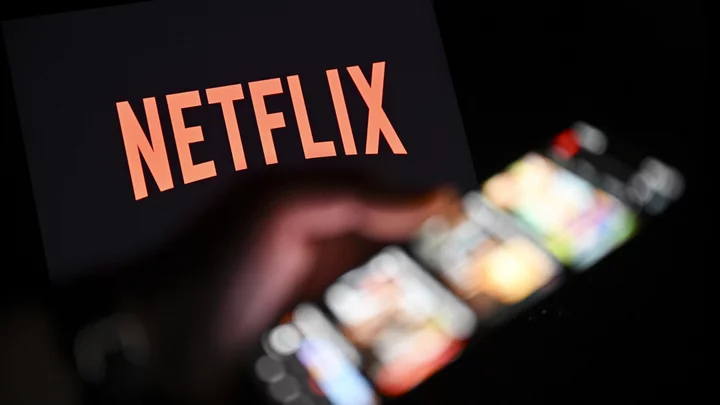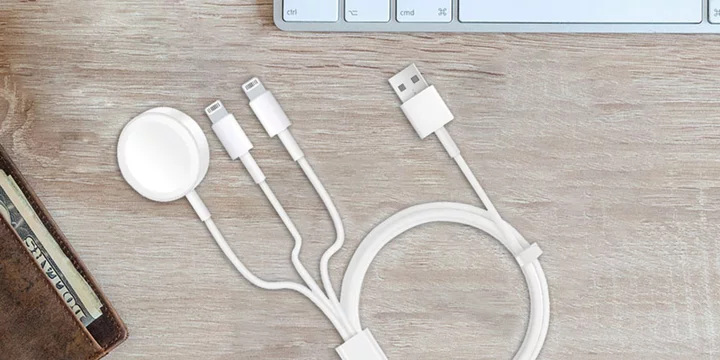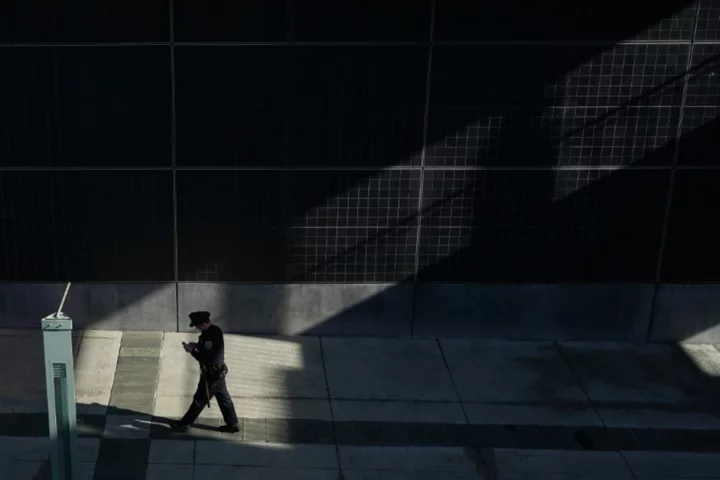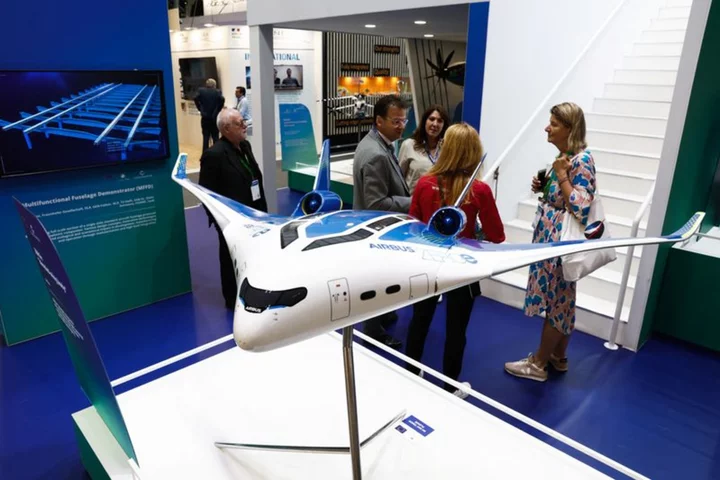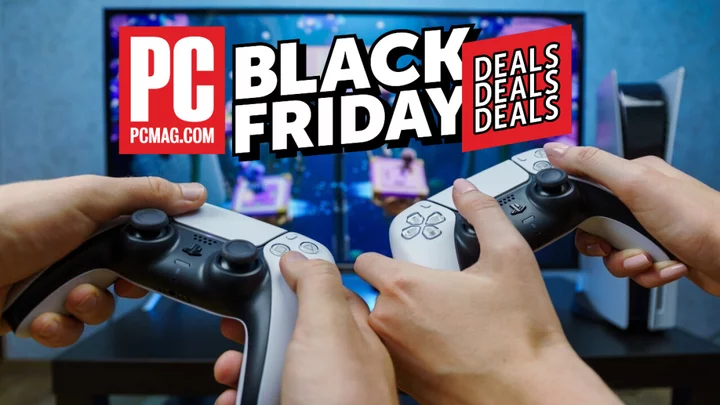Shopping for a digital camera? We're here to help. Our reviews cover everything from pocket-friendly models to high-end gear for pros. It's a diverse space that can be difficult to navigate if you don't spend all of your free time reading photo blogs and talking about your favorite new lens on an enthusiast forum.
Our goal is to help you find a camera that suits your needs, regardless of whether you're a family photographer looking for something better than a smartphone, or an enthusiast trying to decide between an SLR and a mirrorless camera system.
If you have an idea of what type of camera you want, check our top overall recommendations below. Otherwise, scroll down for a detailed look at the most popular camera classes and our favorites in those categories.
Which Point-and-Shoot Camera Has the Best Image Quality?
It's no secret that smartphones have seriously hurt the demand for entry-level point-and-shoot cameras. The latest from Apple, the iPhone 15, is a better camera than any low-cost compact, and Android fans can get excellent snapshots with handsets like the Samsung Galaxy S23 or the Google Pixel 7. High-end phones are expensive, but if you're already buying a fancy handset, there's no reason to buy a low-end camera, too. If you've embraced smartphone photography, peruse our top camera phone picks to help find your next phone and check out our tips for taking the best smartphone photos.
If you aren't a smartphone user or have opted to go for a basic model without a high-end camera, you can buy any number of sub-$100 no-name cameras at online retailers, but I'd avoid them like the plague. If you can spend more than $100, we recommend you stick with Canon, Nikon, Panasonic, and Sony.
Most sub-$200 cameras stand apart from smartphones because they pack decent zoom power, though they largely rely on older CCD sensor technology. The 20MP CCD sensors common across the current generation offer plenty of resolution, but suffer in dim light and top out at 720p video quality.
If you stretch your budget up to $400, you can find cameras with more modern CMOS image sensors and longer zoom lenses—30x is the standard at this point. 1080p video is common, and you often get small electronic viewfinders, Raw shooting options, and quick autofocus. Pure image quality isn't any better than a midrange smartphone though; the zoom lens is the main advantage.
Which Camera Is Best for Underwater Use?
Rugged cameras like the OM TG-7 are waterproof, but there aren't that many models on sale these days (Credit: Jim Fisher)A rugged, waterproof camera is a good option if you're an outdoor adventurer, snorkeler, beachgoer, or just a bit of a klutz. For around $550, the OM System TG-7 is the best you can get, even though you're paying more for its tough frame and sacrificing picture quality versus a smartphone. If you don't want to spend that much, you can get a Ricoh WG-80 for under $300. We break down our favorite waterproof cameras in a separate story.
You can also go the action cam route. You get far better video and quality still images from the GoPro Hero12 Black or DJI Osmo Action 4, but you give up zoom power in the process. It's a trade-off you might want to make, especially if you're interested in slow-motion video. For more, click through to see our favorite action cams.
Small Camera, Big Sensor: The Best Premium Compacts
You might scratch your head when you see pocket cameras with fixed lenses selling for anywhere from $400 to $1,300. After all, you can get an interchangeable lens model for the same price. But these slim, premium shooters target a very specific market—photographers who already own a mirrorless camera or SLR and a bunch of lenses, but want something small as an alternative.
Pocket cameras with Type 1 (also called 1-inch class) sensors compete with iPhones on image quality, offer some zoom power, and have sounder ergonomics for handheld photography. These models dominate our top point-and-shoot list.
Canon PowerShot G5 X Mark II (Credit: Jim Fisher)Canon, Panasonic, and Sony sell compacts with Type 1 sensors. The Canon G7 X Mark III and G5 X Mark II are our current favorites but are often hard to find in stock. Recent Sony RX100 models are more readily available and are good picks for photography, or you can go for a ZV series for a more video-oriented design.
Some enthusiast-oriented models pair even bigger sensors (from Micro Four Thirds up to full-frame) with a quality prime lens. The Fujifilm X100V is the best of the bunch and one of the few compacts available with a big optical viewfinder. Unfortunately, it's not often in stock and commands higher than retail prices on the secondary market.
Its competitors vary greatly in concept and form. The Ricoh GR III and IIIx are built for urban documentary imaging, with ergonomics titled for one-handed operation and a snapshot focus mode for focus-free imaging.
Fujifilm X100V (Credit: Jim Fisher)And we can't forget to mention the Leica Q2 Monochrom, one of the few digitals out there with a sensor solely for black-and-white imaging, or the Q3 and its color sensor. These aren't big tent cameras, but it can be rewarding to stray from the beaten path.
Zoom in Close: Is a Bridge Camera Worth It?
You can opt for a fixed-lens camera that's similar in size and shape to an SLR—a bridge camera. These models tend to have really long lenses—the Nikon P1000 has the most optical zoom power (125x). Long lenses require some extra care to use, so these cameras usually include an eye-level EVF, a hot shoe to mount accessories, and an articulating display.
Canon PowerShot SX70 HS (Credit: Zlata Ivleva)Bridge models might look like interchangeable lens cameras, but typically don't do well in dim light. Our favorite consumer model, the 65x zoom Canon PowerShot SX70 HS, gets tight views for backyard birding and trips to the zoo, but its lens works best outdoors in sunlight.
You can spend a bit more on a big sensor bridge camera. The midrange Panasonic FZ1000 II and premium Sony RX10 IV feature bigger Type 1 image sensors and have optics that gather more light—both advantages for use in dim conditions.
Entry-Level Interchangeable Lens: The Best SLR and Mirrorless Cameras
If you're shopping for a starter camera with swappable lenses, you must make a choice: go the old route and get an SLR, or spend extra on a more capable mirrorless camera.
Both types of cameras use changeable lenses and have image sensors that dwarf those of pocket and bridge cameras. SLRs rely on an optical viewfinder and mirror to direct light to your eye as well as a discrete phase detection sensor to set autofocus.
Nikon D3500 SLR camera (Credit: Zlata Ivleva)Most mirrorless cameras drop the optical finder in favor of an OLED electronic viewfinder. The image sensor handles the autofocus operations here, which results in better subject recognition and tracking than entry SLRs.
SLRs aren't the wonders they once were, but you can usually get started with one for less than a mirrorless camera. Nikon doesn't have any entry-level models in production, but you can still get good results from the midrange EOS Rebel SL3; avoid the basic Rebel T7.
Fujifilm X-T30 II mirrorless camera (Credit: Jim Fisher)Cameras from Fujifilm and Sony, and Micro Four Thirds models from the OM System (the new name for Olympus) and Panasonic, are among the leading mirrorless brands. There are many good options under $1,000 suitable for general photography. These affordable mirrorless cameras are quicker to focus than SLRs, support high-speed burst modes, and offer 4K video.
You should make sure that whatever system you choose offers the lenses you want, though most cover the basics. Micro Four Thirds, Fujifilm, and Sony cameras have the biggest selection of lenses, while Canon EOS R and Nikon Z lag behind.
For Serious Shutterbugs: The Best Premium Mirrorless and SLR Cameras
When you spend more than $1,000 for a camera, you don't necessarily see a big jump in image quality versus entry-level models. Camera makers like to streamline sensors across multiple models, as it allows them to develop technology that they can use across their catalog.
Fujifilm X-S20 (Credit: Jim Fisher)Your extra money typically gets you better build quality, faster memory card slots for longer burst shooting, and higher capture rates. All of these are important for enthusiasts interested in capturing fast action and outdoor photographers who want some level of weather protection.
Shutterbugs and enthusiasts have a few good choices in the space, including our favorite APS-C Canon, the EOS R7, and the Fujifilm X-S20. Both offer sturdy construction and although the X-S20 skips weather sealing, Fuji has more purpose-built lenses available at this time. We also like the Sony a6700 and Panasonic Lumix GH5 Mark II.
We tend to recommend EVF cameras more highly—on-sensor autofocus leads to more in-focus shots, and models with stabilized sensors do a good job reducing the number of blurry, shaky photos you take. Mirrorless cameras dominate our list of favorite interchangeable lens cameras.
Pentax K-3 Mark III (Credit: Jim Fisher)If you prefer an optical viewfinder, we recommend the Canon EOS 90D or Pentax K-3 Mark III. The 90D has the fullest set of lenses behind it and the best video toolkit of the bunch. The Pentax K-3 Mark III is a bit better built and has some specialized lenses, including a fan-favorite line of compact primes, DA Limited.
A Bigger Sensor: The Best Full-Frame Cameras
Canon EOS RP (Credit: Jim Fisher)Full-frame cameras—those with image sensors that match the size of 35mm film—are accessible options for enthusiasts because of falling prices. Basic models start at around $1,000 and capable midrange options are available for around $2,000. You can spend more for a specialty model that costs anywhere from $3,000 all the way up to $6,500.
The Canon EOS RP is a good starter model. Its feature set covers the basics and Canon has done a fine job adding affordable lens options since its release. If you can afford it, consider the EOS R8 as a step-up, it has a much better autofocus system in a similar body. Both are missing a stabilized image sensor, something you get with competitors, including the Nikon Z 5 and Sony a7C II.
One midrange option is the Panasonic Lumix DC-S5, an L-mount mirrorless with a stabilized sensor, 10-bit 4K, and a $1,500 starting price. We also tested its successor, the Panasonic Lumix DC-S5 II, but weren't as impressed with its performance against fresher competitors. If you can spend more, the Canon EOS R6 Mark II and Sony a7 IV are also Editors' Choice winners because of their next-level autofocus systems, among other reasons.
Panasonic Lumix DC-S5 (Credit: Jim Fisher)For more specialized recommendations and models, as well as an overview of what each full-frame camera system offers, be sure to read our full-frame camera buying guide.
Bigger Than Full-Frame: The Best Medium Format Cameras
Hasselblad 907X (Credit: Jim Fisher)Medium format digital cameras used to be the tools reserved for the most successful (or well-funded) photographers. You can still drop $50,000 on a Phase One IQ4 150MP if you want to, but, for most of us, the prospect is rather silly. Medium format doesn't have to cost that much.
Fujifilm's GFX line has dropped the price of entry to medium format to its lowest point, $4,000 for a 50MP GFX 50S II or $7,499 for the 100MP GFX 100 II. That's still quite a bit of money, but loads less than in years past, especially when you consider both of these cameras have a stabilized image sensor.
Fujifilm isn't the only game in town. Hasselblad offers a mirrorless medium format system, one that includes the analog throwback 907X. Pentax still sells its medium format SLR, the 645Z, too, if you prefer an optical viewfinder. Just keep in mind that Pentax hasn't updated the camera in years, and there are no signs of a new model coming, so avoid it if you care about an upgrade path.
What Is the Best Camera for a Beginner Photographer?
Smartphones and basic point-and-shoots are designed for automatic operation. If you want to take up photography as a hobby, or aspire to be a photojournalist or wedding pro, get a camera that gives you room to grow and learn the craft.
How PCMag Tests Digital CamerasI recommend getting a good mirrorless camera to start. Our favorites include the Canon EOS R10, Fujifilm X-T30 II, and Sony a6700. All offer manual exposure for advanced users, but also include fully automatic modes. If you're getting started they give you room to grow as a creator. If you're thinking about starting with a full-frame model—the type of camera most pros use—the Canon EOS RP, EOS R8, or Nikon Z 5 are good starter models.
Nikon Z 5 (Credit: Jim Fisher)When you are shopping for a starter camera, ask yourself some questions about what you want. Take a look at the size, as a camera isn't any good if you're not going to carry and use it. But also think about connectivity—you probably want to copy images to your smartphone easily—and price. Ease of use isn't a huge hurdle these days—everything has an auto mode—but models with guided interfaces let you take some measure of control over how your photos turn out, without having to know too much technical jargon.
Kicking It Old School: What Is the Best 35mm Film Camera to Buy?
The Lomography Sprocket Rocket captures panoramic images with exposed sprocket holes (Credit: Jim Fisher)You don't have to go digital. Film is still an option and instant cameras are extremely popular. Instant formats take away the hassle of getting film developed and make it easy to share physical images with friends and family immediately. You can get an entry-level model for around $65 and film packs generally cost around $7.50. The Fujifilm Instax Mini 12 is our favorite basic model and the SQ1 is there if you prefer square prints. The pricey Polaroid I-2 is available for fans of that format.
You can also buy a new 35mm or medium format camera. You don't have as many options for getting film developed as you used to—if you're in a major city it's easy to find a lab, but you may have to resort to mail order if you're not close to a metropolis. You can find old film SLRs and compacts in thrift shops and online stores pretty easily. If you want to buy something new, we like the Kodak Ektar H35 for its ease of use and economical half-frame format—it gets 72 shots per roll, not 36. And for something really different, think about the Lomo Sprocket Rocket, which captures panoramic shots with exposed sprockets.
Which Camera Is Best for Travel Photography?
Not surprisingly, we find bridge models to be just about perfect for globetrotters. They pack a wide zoom range, so you don't have to fumble with lens changes. And if you opt for a premium 1-inch model you can shoot in varying types of light. But you might want a different kind of camera to take with you on your journeys.
The Sony RX100 series is sized for travel (Credit: Zlata Ivleva)If you want something more pocket-friendly, a point-and-shoot can do the trick. But be prepared to get a little spendy for a camera worthy of your exotic destinations. For the rough-and-tumble crowd, I recommend the OM TG-7 due to its bright lens, super-close macro focus, and tough build. Its video features are lacking, though, so get the GoPro Hero12 Black for moving pictures.
For more leisurely vacations, reach for a premium compact like a Sony RX100 model or Canon G7 X Mark III and enjoy the comfortable form factor of a camera and image quality that's a tad better than your smartphone. They're an especially good choice if you're trying to minimize phone screen time during a trip.
If you don't mind carrying something larger, a good mirrorless camera and a couple of lenses easily fit into a small bag, plus net images and videos worthy of sharing with friends and family back home. The Sony ZV-E10 is a good affordable option; alternatives like the Fujifilm X-E4 are a bit more stylish.

